AI is no longer just a tool for profit — it's increasingly a force for meaningful change. In 2025, AI technologies are helping nonprofits, educators, healthcare workers, and social innovators solve real-world problems with limited resources. From expanding access for people with disabilities to supporting global health, crisis response, and educational equity, AI is powering solutions that put people first. These tools are designed not just for efficiency but for impact, offering inclusive, scalable, and mission-driven features that empower small teams and grassroots initiatives. Whether you're building accessible content, analyzing public data, or driving community engagement, AI can amplify your efforts without requiring deep technical expertise. This guide highlights the top AI tools that support social good — from ethical data sourcing to AI-powered accessibility. Discover how you can use technology to uplift others, tackle complex challenges, and advance positive outcomes in communities around the world.
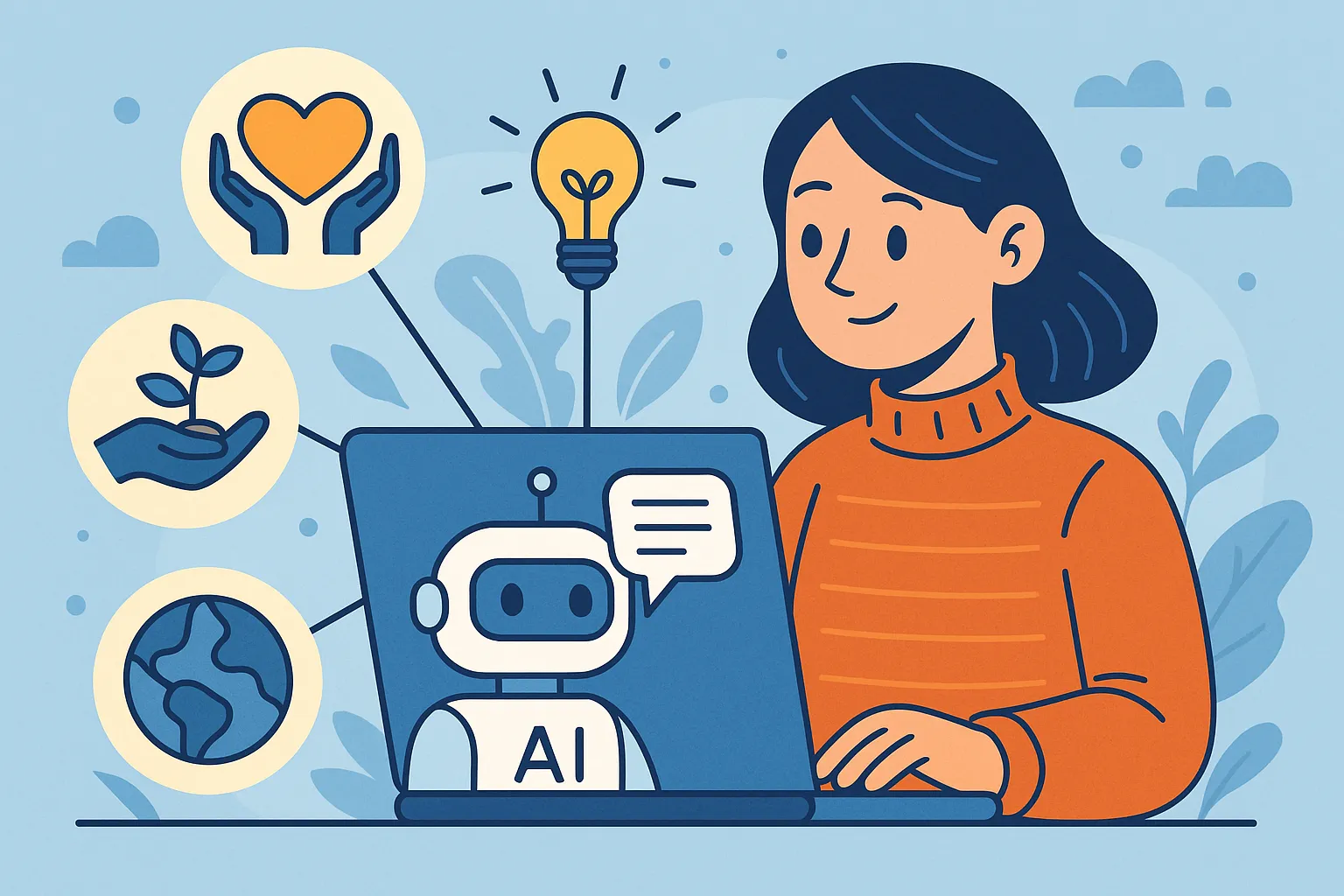
Top Paid AI Tools for Social Good
| Rank | Tool | Key Strength | Price | Best Use Case |
|---|---|---|---|---|
| #1 | Beey | AI subtitles + translations | From €9.90/hour | Accessible media & classrooms |
| #2 | MindsDB | AI for academic & research orgs | Custom/enterprise pricing | Nonprofit data science |
| #3 | Sama | Ethical AI training data | Enterprise contracts | Fair-trade AI sourcing |
| #4 | Braille AI | Generate braille & alt formats | From $20/month | Accessibility initiatives |
| #5 | BenevolentAI | AI drug discovery & global health | Research partnerships | Healthcare equity |
Beey
Beey is an AI transcription and translation platform focused on making audio and video content accessible across languages and abilities. It automatically generates subtitles, closed captions, and multilingual translations, making it a vital tool for educators, NGOs, and accessibility advocates. Beey supports inclusive learning, enables content localization, and helps institutions meet legal accessibility standards. Its pricing is flexible for professional use, and its ease of use makes it ideal for both technical and non-technical teams. Whether you’re working in journalism, social education, or public service, Beey ensures your message reaches every audience.
MindsDB
MindsDB empowers nonprofit and academic institutions to build AI solutions without needing a dedicated machine learning team. It integrates seamlessly with databases and BI tools, allowing users to run predictions directly from familiar interfaces like SQL. Ideal for organizations working in research, health, agriculture, and social policy, MindsDB makes advanced analytics and forecasting accessible and scalable. Its open-source foundation and flexible deployment options make it a great fit for mission-driven teams managing limited resources. MindsDB helps transform raw data into action — without the traditional barriers of infrastructure or expertise.
Sama
Sama provides ethically sourced AI training data by employing workers in underserved regions under fair-wage and safe working conditions. It powers the machine learning pipelines of some of the world’s biggest tech companies, all while ensuring social impact through employment, training, and education. Sama’s approach to data labeling bridges the AI talent gap and the global equity divide, making it a leader in responsible AI development. If your organization wants to source high-quality datasets without compromising ethical values, Sama represents the gold standard for “AI for good” in data operations.
Braille AI
Braille AI makes digital content accessible to blind and low-vision communities by transforming text and images into braille-ready files, alt-text descriptions, and tactile graphics. Built for publishers, educators, and accessibility coordinators, it simplifies compliance with global accessibility standards and reduces time to delivery for alternate formats. Its automated conversion capabilities are especially helpful for institutions producing high volumes of content or retrofitting existing materials. Braille AI enables greater inclusion and independence, ensuring that digital transformation doesn’t leave anyone behind.
BenevolentAI
BenevolentAI leverages artificial intelligence to tackle global health challenges, focusing on drug discovery for rare, neglected, and complex diseases. Their platform uses biomedical data, research papers, and clinical trials to identify new drug candidates faster than traditional methods. Partnered with humanitarian and academic organizations, BenevolentAI aims to close the treatment gap in underserved populations worldwide. It’s a model of how AI can accelerate medical breakthroughs while staying aligned with social good, equity, and ethical research. For anyone working in global health or medical innovation, BenevolentAI is a powerful and principled partner.
Top Free AI Tools for Social Good
| Rank | Tool | Key Strength | Limitations | Best Use |
|---|---|---|---|---|
| #1 | ChatGPT (Free) | Accessibility support, literacy aid | No direct integration tools | Education + advocacy |
| #2 | Seeing AI | Visual interpretation for blind users | iOS only | Daily accessibility needs |
| #3 | Google Translate | Instant AI translation | Not always accurate for nuance | Language access |
| #4 | Google Read Along | AI-powered reading tutor | Child-focused only | Literacy development |
| #5 | A11Y Project Tools | Accessibility checkers + tools | Manual setup | Inclusive design support |
ChatGPT (Free)
ChatGPT is a flexible, no-cost tool that can assist nonprofits, educators, and accessibility advocates with a range of tasks — from drafting plain language documents and social outreach content to simulating conversations for ESL learners or people with cognitive disabilities. It also helps test digital interfaces for clarity and language accessibility. While it lacks direct integration features, ChatGPT’s natural language generation capabilities make it a valuable assistant for small teams doing meaningful work. For organizations operating with limited resources, it offers free support that scales with creativity and intent.
Seeing AI
Seeing AI is Microsoft’s free mobile app designed for blind and low-vision users. Using a smartphone camera and advanced computer vision, it narrates the world — identifying people, reading signs and menus, scanning barcodes, and even describing scenes. It’s especially useful for day-to-day independence and navigation. Though currently available only on iOS, it’s one of the most powerful free accessibility tools available today. Seeing AI enhances autonomy and inclusion for users across age and ability, bringing practical value to classrooms, homes, and public spaces.
Google Translate
Google Translate breaks down language barriers with real-time translation across 100+ languages. It supports text, voice, photo input, and live transcription, making it an essential tool for humanitarian aid, public health, and multilingual education. While not perfect for nuance, it’s fast, accessible, and widely adopted worldwide. NGOs, community organizers, and policy communicators rely on it to reach diverse populations with critical information. For those working on inclusion and cross-border collaboration, Google Translate remains one of the most impactful AI-driven public tools available.
Google Read Along
Google Read Along is a speech-powered reading tutor that helps children improve literacy skills through interactive storytelling. Available in multiple languages and designed for offline use, it’s ideal for underserved or remote communities with limited educational infrastructure. The AI provides real-time feedback on pronunciation and fluency, giving learners a fun, accessible way to build confidence and comprehension. NGOs, schools, and community centers can use Read Along to supplement formal education — especially in early-grade development and literacy equity initiatives around the world.
A11Y Project Tools
The A11Y Project is a community-driven initiative offering free accessibility testing tools, contrast checkers, and educational resources. These tools help designers and developers build websites that meet WCAG standards and support inclusive experiences for all users. From checking keyboard navigation to evaluating color contrast, the toolkit is ideal for nonprofits, educators, civic tech groups, and small teams building with impact in mind. As accessibility regulations increase globally, the A11Y Project provides a free, practical pathway to compliance and digital inclusion.
Rankings

Chatbots
AI chatbots have quickly evolved from simple assistants into powerful, multi-purpose tools used by millions of people every day...

Image Generators
AI image generators are revolutionizing the way creatives, marketers, and developers produce visual content by transforming text prompts into detailed, customized...

Writing Assistants
AI writing assistants have become indispensable tools for anyone who writes — from students and bloggers to business professionals and marketers...
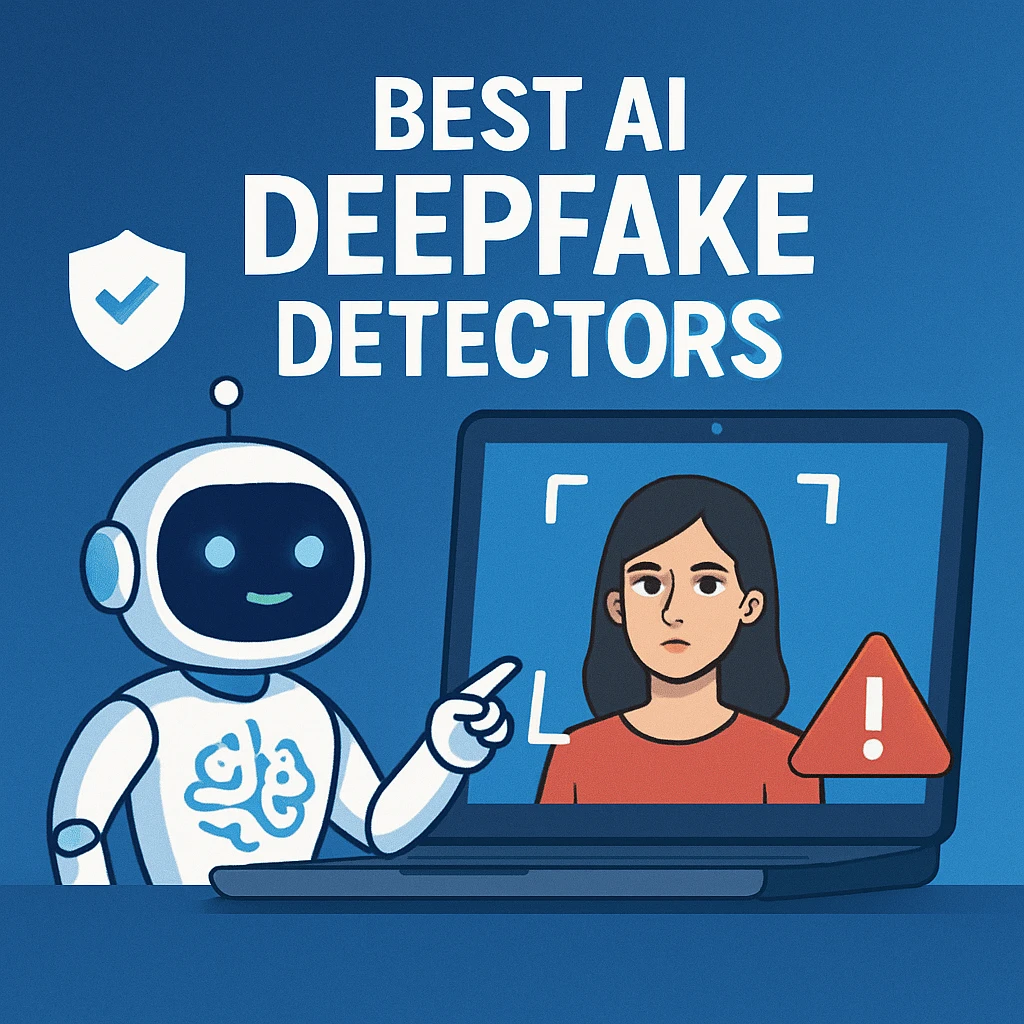
Deepfake Detection
As deepfake technology becomes more advanced and accessible, detecting AI-manipulated content is now a critical challenge across journalism, education, law, and...
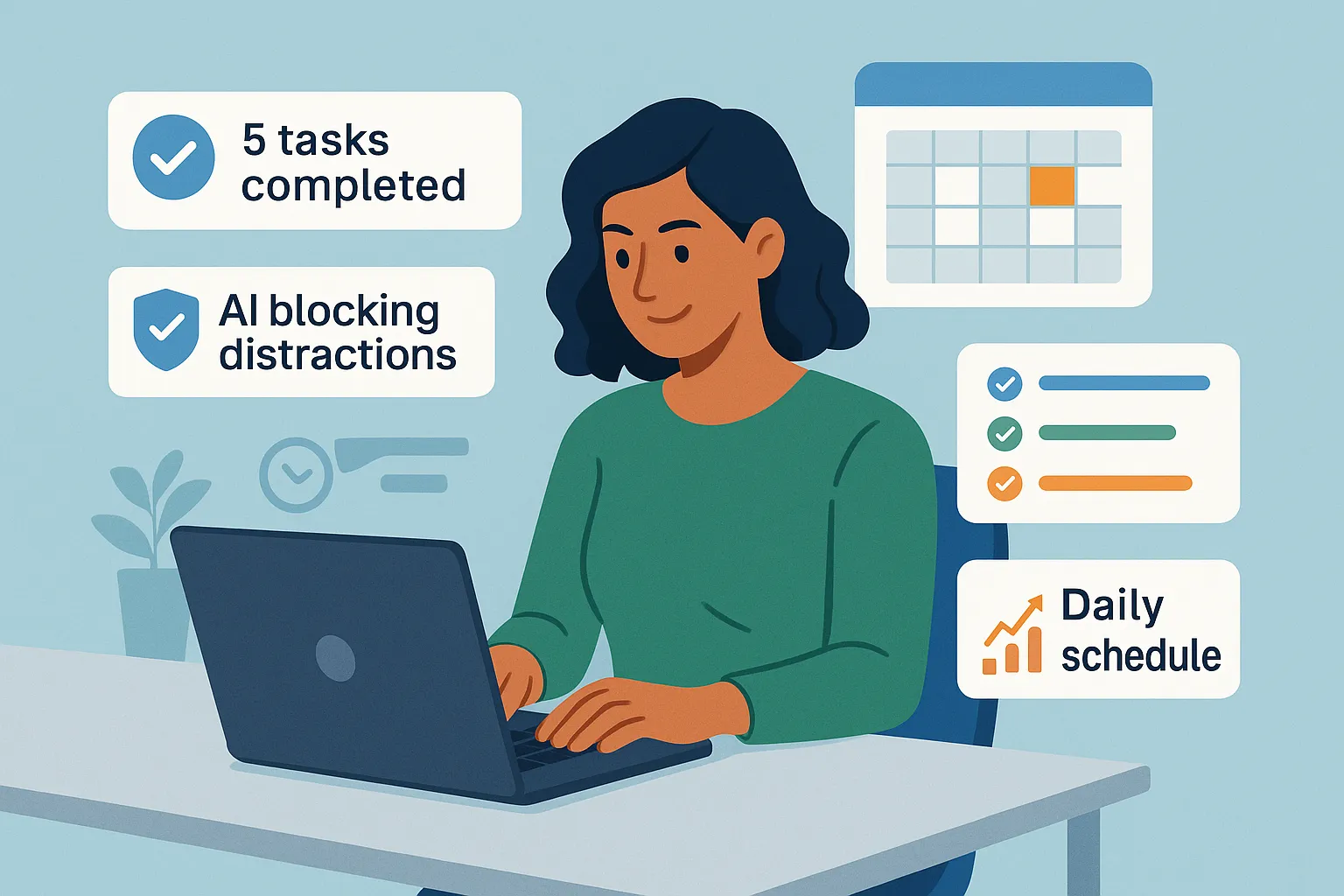
Productivity & Calendar
AI productivity and calendar tools have become essential for professionals, entrepreneurs, and students looking to make the most of their time without getting overwhelmed...
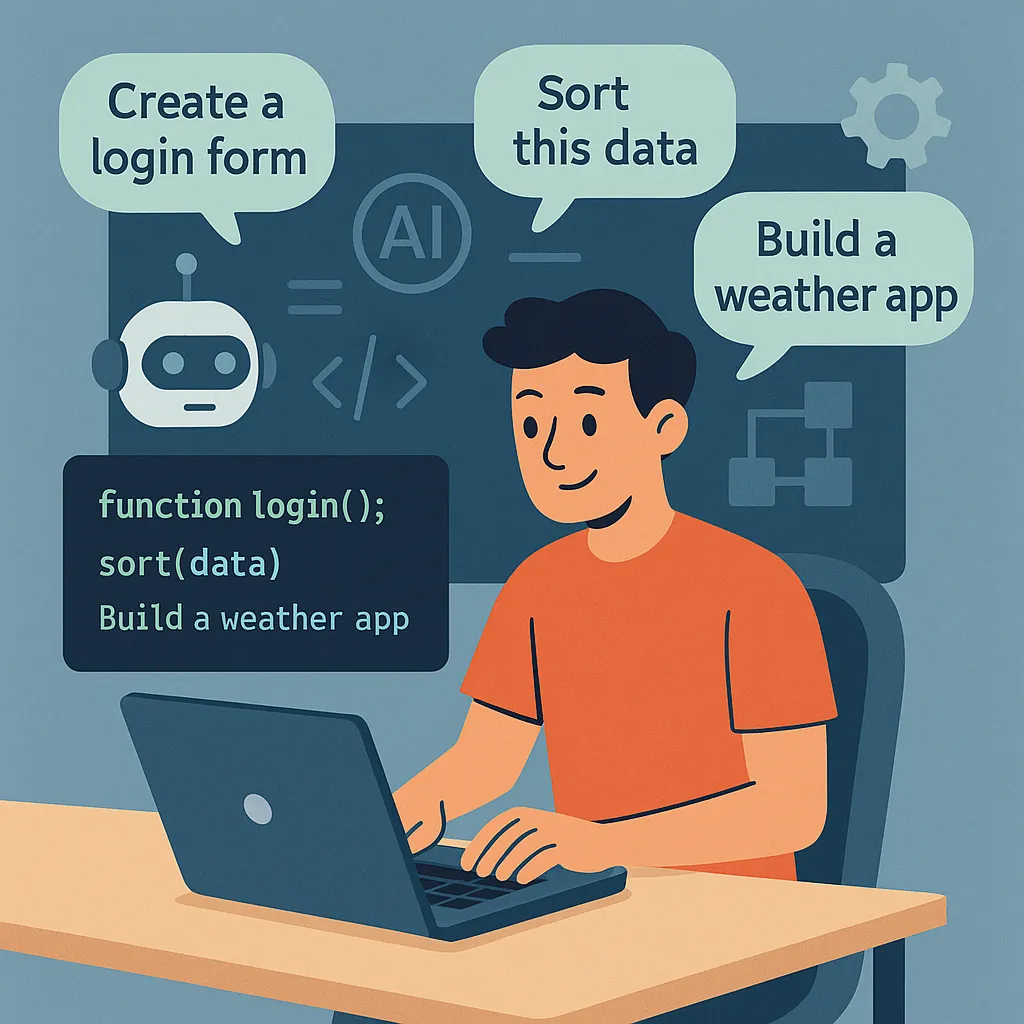
Natural Language To Code
Natural language to code tools are transforming software development by enabling users to build apps, websites, and workflows without needing advanced programming...
Blog
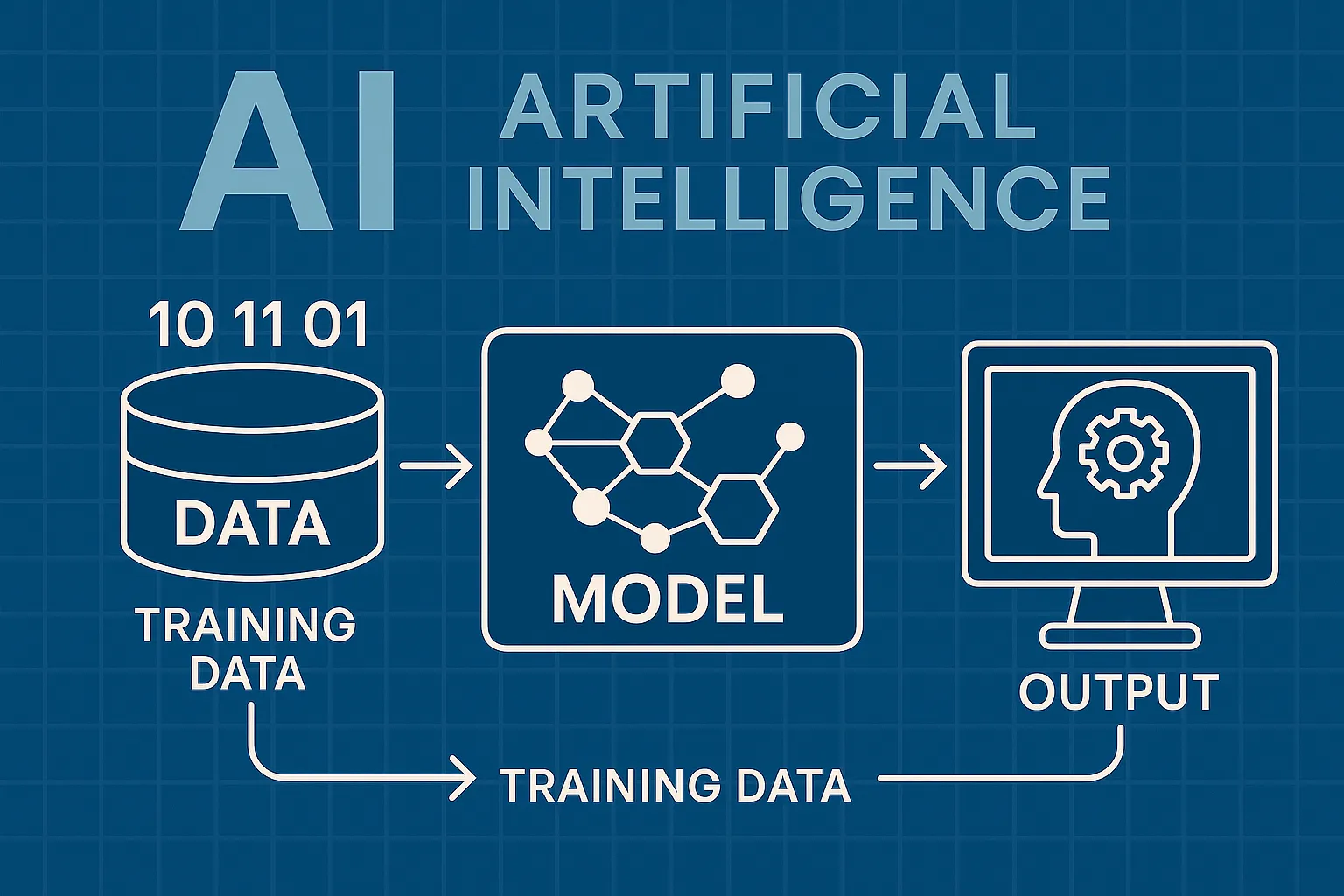
How AI Actually Works
Understand the basics of how AI systems learn, make decisions, and power tools like chatbots, image generators, and virtual assistants.

What Is Vibe Coding?
Discover the rise of vibe coding — an intuitive, aesthetic-first approach to building websites and digital experiences with help from AI tools.
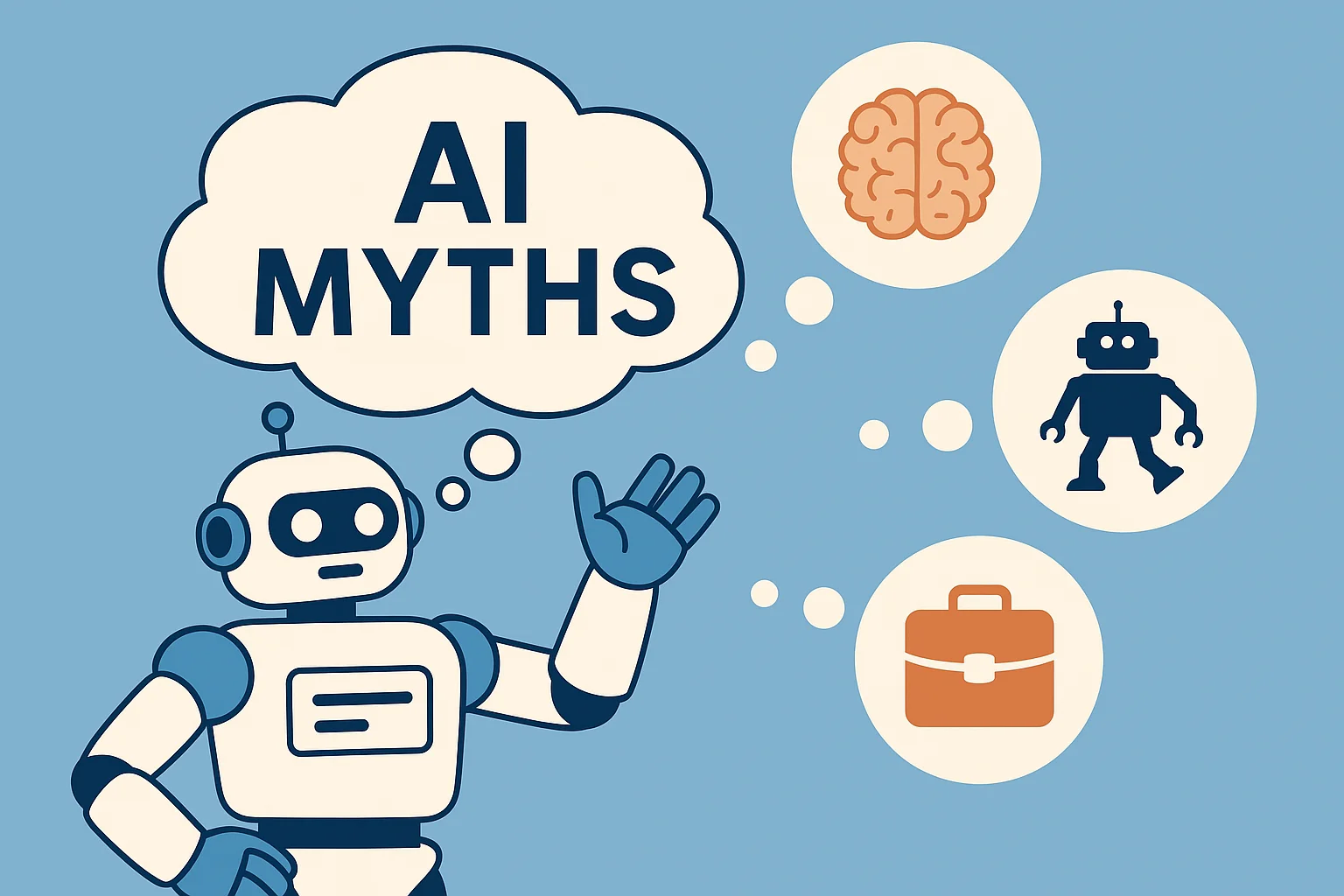
7 Common Myths About AI
Think AI is conscious, infallible, or coming for every job? This post debunks the most widespread misconceptions about artificial intelligence today.
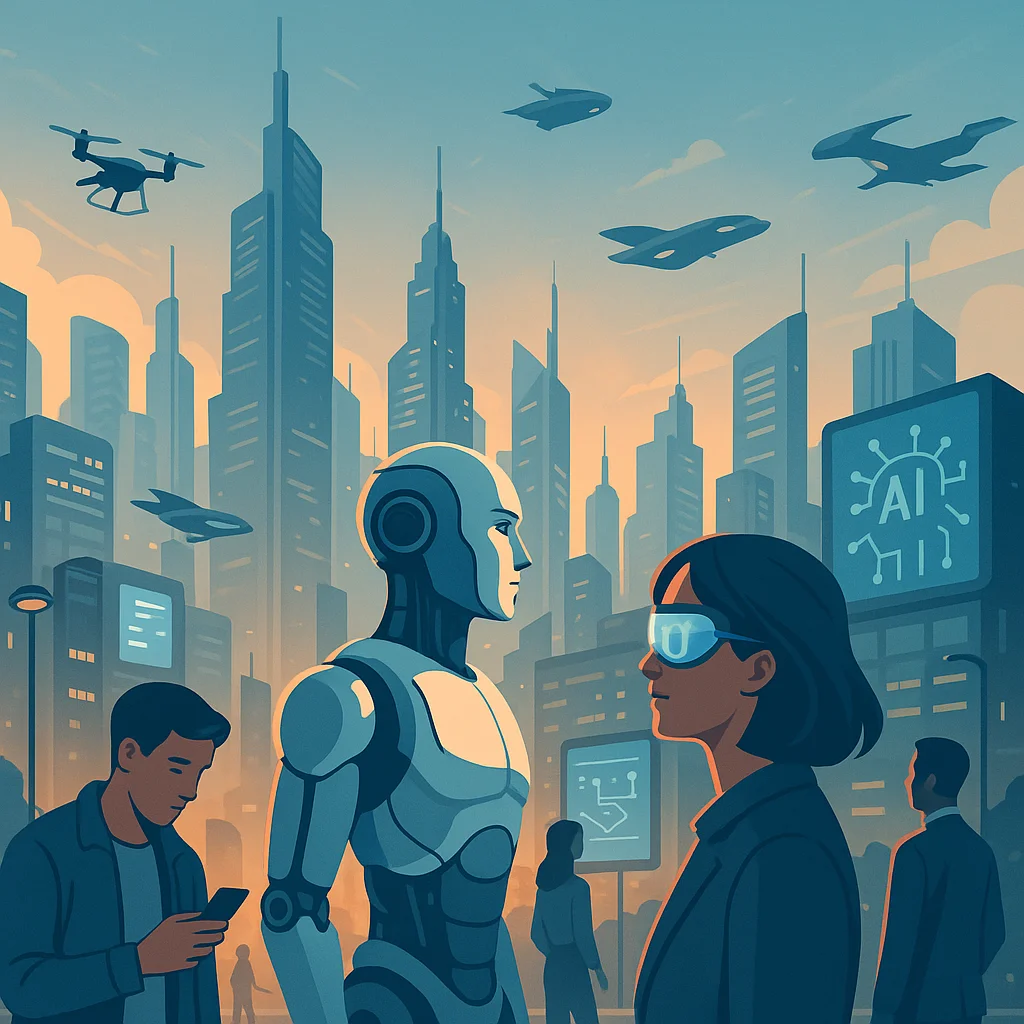
The Future of AI
From generative agents to real-world robotics, discover how AI might reshape society, creativity, and communication in the years ahead.
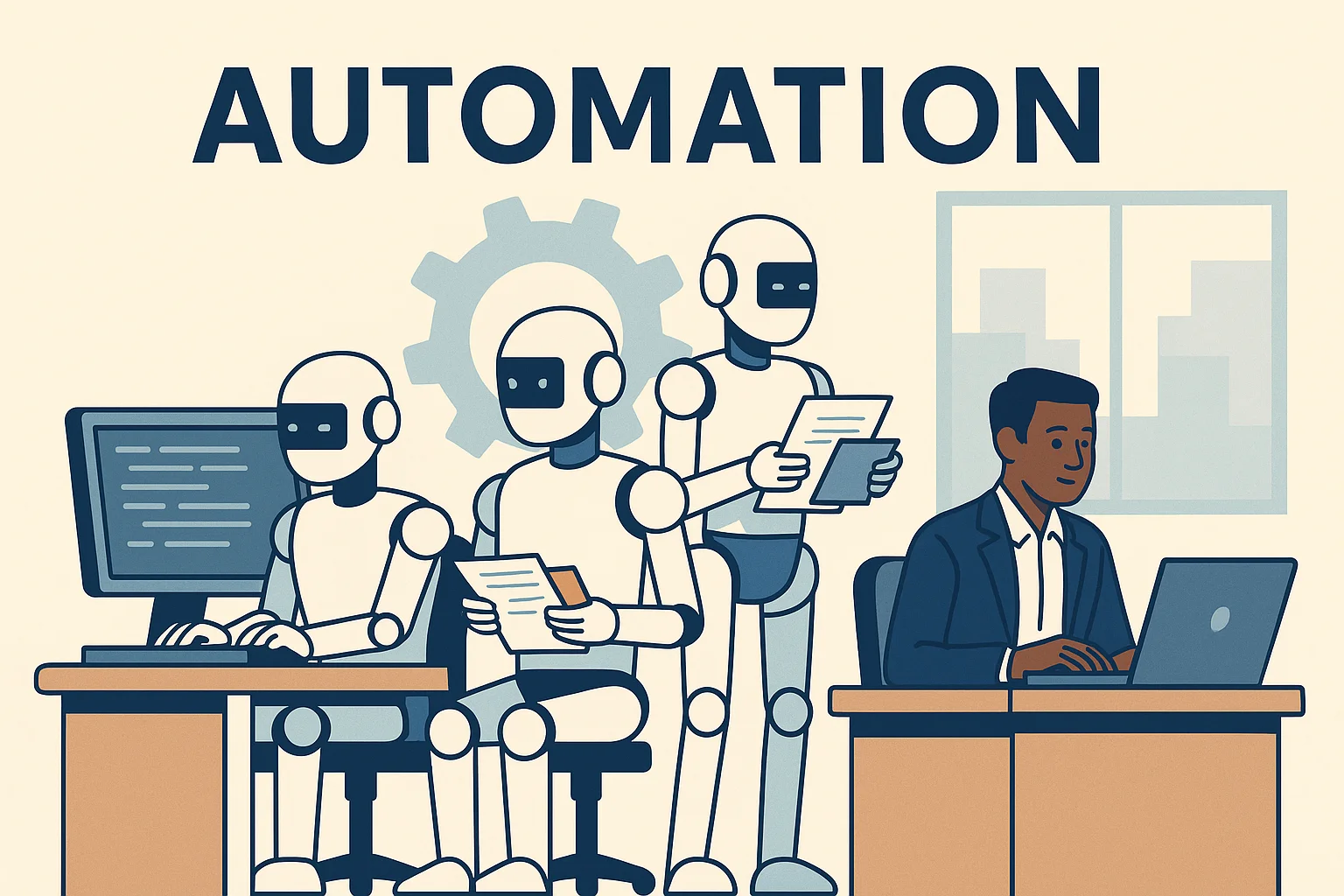
How AI Is Changing the Job Market
Will AI replace your job — or create new ones? Explore which careers are evolving, vanishing, or emerging in the AI-driven economy.
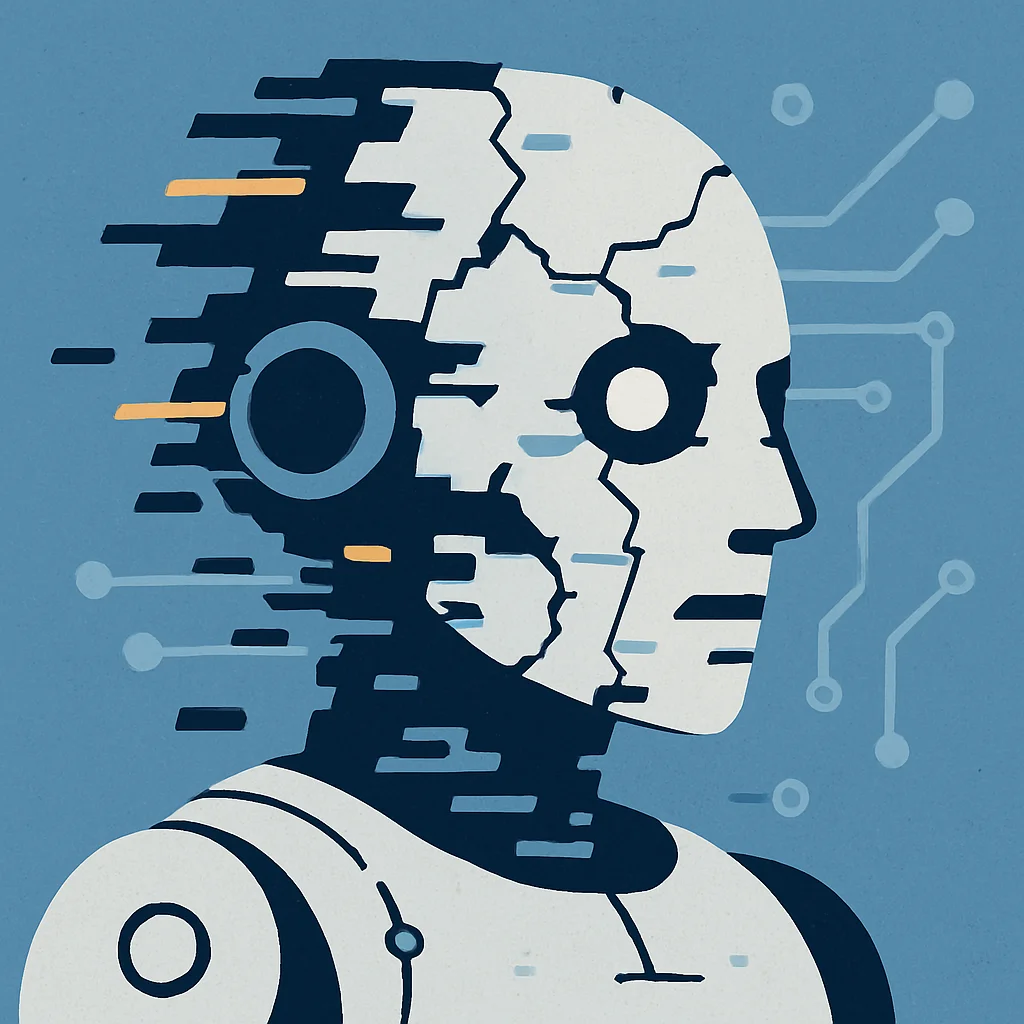
Common Issues with AI
Hallucinations, bias, privacy risks — learn about the most pressing problems in current AI systems and what causes them.